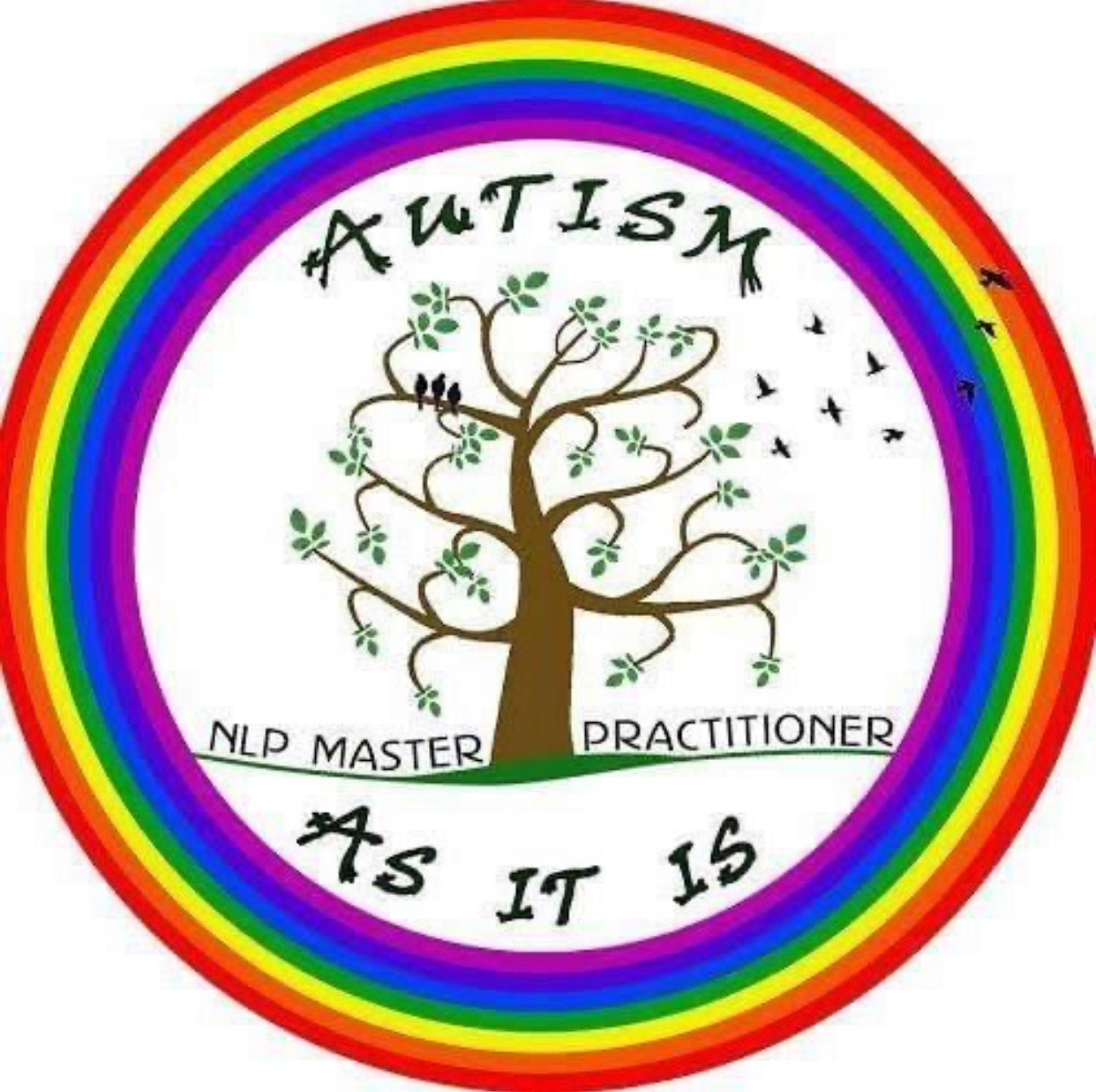About Sound and Movement
Movement and sound are powerful ways to support development, expression, connection, and healing—especially for individuals with autism. At Coping With Autism, we believe that rhythm, music, dance, and physical activity are more than just enjoyable; they are vital components of a holistic, sensory-aware autism support pathway.
Why Sound and Movement Matter
For many people on the autism spectrum, communication, coordination, and sensory integration can feel challenging. Sound and movement therapies offer a different way in: through the body, through rhythm, and through safe, structured physical expression.
These approaches can:
- Improve motor coordination and balance
- Support sensory regulation and integration
- Reduce anxiety and promote emotional release
- Encourage self-expression in non-verbal ways
- Build social skills through shared activities
- Promote brain-body connection and development
Rhythmic Movement Training (RMT)
Rhythmic Movement Training (RMT) draws on the natural movement patterns of pre-birth, infancy and early childhood—those that help the primitive reflexes emerge, develop and integrate, develop the neurological pathways and connections and balance the nervous system. Using these same gentle, rhythmic movements, RMT supports the integration of these important reflexes that may still be active, have not yet fully developed, and in some cases may not have yet emerged, helping to create stronger foundations for coordination, focus, and emotional balance, effective learning and mental wellbeing.
Many autistic individuals have experienced positive changes through RMT, finding it helpful for easing difficulties linked to retained reflexes—such as speech and eating challenges, anxiety, toileting issues, sensory sensitivities, balance, movement, spatial awareness, and restlessness.
Brain Gym®
Brain Gym® is a simple, movement-based programme that helps strengthen the physical and neurological skills needed for learning, focus, and communication. Through 26 easy exercises, it encourages better organisation, self-regulation, concentration, and confidence in learning and everyday activities.
By gently engaging both sides of the brain and body, Brain Gym® supports greater sensory harmony and emotional balance.
Energy and Sound Healing
Sound is made up of vibration and frequency, and these gentle waves affect every cell in the body. Using tuning forks, vocal tones, music, and other sound tools, sound healing helps soothe the nervous system, rebalance energy, and encourage healing on emotional, physical, and spiritual levels.
Sound therapy is sometimes combined with an Assemblage Point Alignment and Healing session. This is often recommended before other energy-based approaches, as it helps create a deeper and longer-lasting sense of balance and harmony. Assemblage Point Alignment is suitable for adults and children over 10 years old, while chakra balancing can be offered as a gentle alternative for younger children.
Movement Therapies for Joy and Expression
Trampolining, dance, yoga, and rebounding (gentle bouncing) can all be used and implemented by parents to:
- Build proprioception and body awareness
- Release endorphins and improve mood
- Reduce rigidity and promote flexibility
- Increase confidence and creativity
These fun, engaging practices can be adapted to meet each person’s sensory profile and needs.
A Natural Fit for Holistic Support
Sound and movement approaches are especially valuable for individuals who may struggle with traditional verbal therapies. They are non-invasive, intuitive, and rooted in the body’s natural wisdom. Whether used on their own or as part of a wider support package, these methods empower families to explore healing and development through joy, rhythm, and connection.
If you’re curious to try sound and movement therapies, or you’d like to explore how they could benefit your child or family, we invite you to reach out. We are happy to share what has worked for us—and walk alongside you as you discover what works for you.
